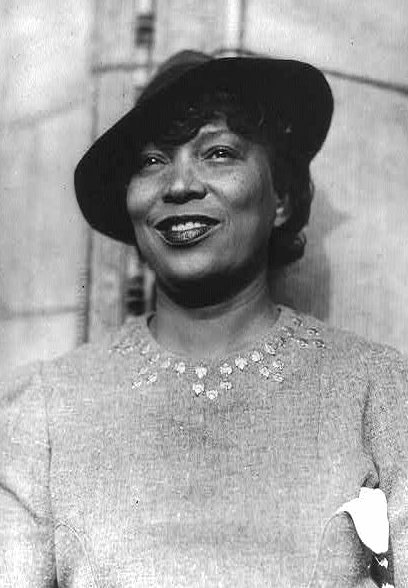
Although the 1970s marks the turn towards experimenting with ethnographic forms, the practice of writing ethnographic fiction has a long history within the discipline. In her concise historical survey of ethnographic fiction, Narayan (1999, 136) identifies Adolph Bandelier’s 1890 novel, The Delight Makers, as the first of its genre. Narayan further demonstrates how the pioneers of modern anthropology in North America, such as Franz Boas, Edward Sapir, Robert Lowie, and Paul Radin, engaged in writing fictional works that focused on their research topics. Zora Neale Hurston also notably incorporated ethnographically-informed insights into her fictional narratives. Likewise, Ella Deloria, a researcher who collaborated with Boas, authored Waterlily in the 1940s, a novel “set in the past of her own tribe, the Dakota Sioux” (Narayan 1999, 136).Numerous scholars have recognized both the similarities and differences between the genres of ethnography and fiction. James Clifford famously posited that ethnographic writings can rightfully be regarded as fictions in the sense of ‘something made or fashioned,’ embracing the underlying notion of the word’s Latin root fingere (Clifford 1986, 6). Clifford Geertz, in particular, argued that ethnography relies on the powers of fiction (Pandian 2017, 146; McLean 2017, 45). He contends that “the writing of ethnography involves telling stories, making pictures, concocting symbolisms, and deploying tropes” (Geertz 1988, 140). While this generally holds true for any form of ethnographic writing, some anthropologists have ventured into writing fictional narratives informed by their field research. This approach has been particularly explored when authors recognize that the subjects of their studies, including other-than-humans (McLean 2017; Musharbash and Gershon 2023; Porter and Gershon 2018), can be more comprehensively captured, embracing their inherent complexity, through the medium of fiction.
Work Cited
- Clifford, James.1986. “Introduction: Partial Truths.” In: James Clifford and George Marcus (eds.) Writing Culture. Berkeley, CA: University of California Press. 1-26.
- Geertz, Clifford. 1988. Works and Lives: The Anthropologist as Author. Stanford, CA: Stanford University Press.
- Narayan, Kirin. 1999. “Ethnography and Fiction: Where is the Border?” Anthropology and Humanism 24 (2): 134-147.
- Narayan, Kirin. 2012. Alive in Writing: Crafting Ethnography in the Company of Chekhov. Chicago, IL: University of Chicago Press.
- Pandian, Anand. 2017. “Ethnography and Fiction.” In: Pandian, Anand and McLean, Stuart (eds.) Crumpled Paper Boat: Experiments in Ethnographic Writing. Durham, NC: Duke University Press. 145-147.
- Pandian, Anand and McLean, Stuart (eds.). 2017. Crumpled Paper Boat: Experiments in Ethnographic Writing. Durham, NC: Duke University Press.
- Porter, Natalie and Gershon, Ilana (eds.). 2018. Living with Animals: Bonds across Species. Itacha, NY: Cornell Unviersity Press.